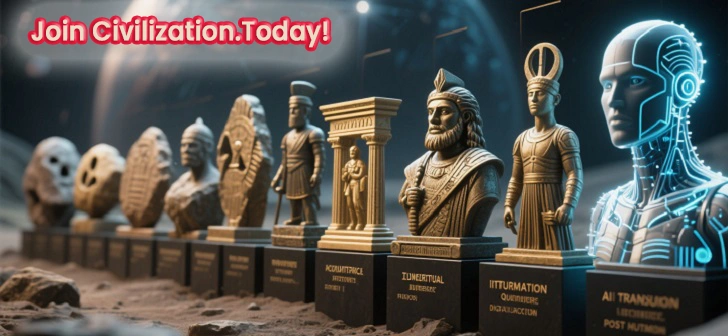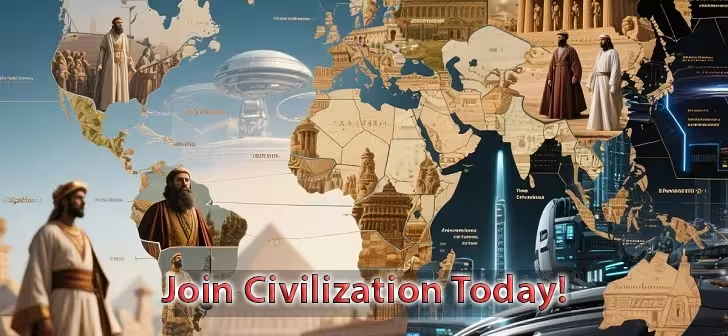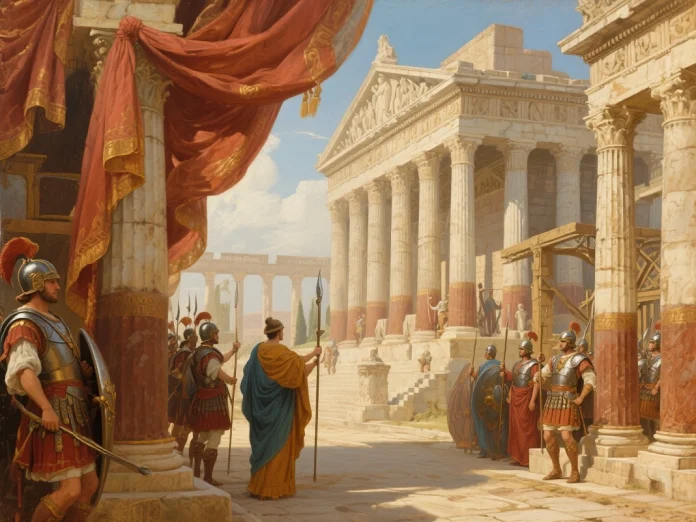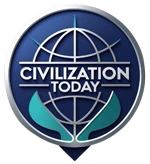When we talk about the world’s greatest civilizations, Ancient Rome history stands at the very center of human achievement. Spanning over a millennium, from the legendary founding in 753 BCE to the fall of the Western Empire in 476 CE, Rome was more than just a city—it was an unstoppable force that reshaped politics, warfare, architecture, and culture across three continents. From awe-inspiring aqueducts to an invincible army, Rome’s legacy is etched into the very blueprint of modern civilization.
The Origins of Rome: From Myth to Power
Ancient Rome history begins with legend. According to Roman mythology, the city was founded by Romulus after defeating his twin brother Remus. Whether fact or fiction, the story set the tone for a society deeply rooted in honor, resilience, and conquest. Early Rome grew from a small settlement into a Republic by 509 BCE, marking the start of an era where Roman citizens played a role in governance—though only certain classes had true power.
Engineering Marvels: Building an Empire That Lasted
One of the most impressive aspects of Ancient Rome history lies in its engineering genius. Roman engineers combined practicality with innovation, creating infrastructure so advanced that some of it still stands today.
1. Roads That Conquered Distance
The phrase “All roads lead to Rome” wasn’t just poetic—it was literal. The Romans built over 400,000 km of roads, connecting every corner of their vast empire. These roads weren’t just for trade; they were strategic military highways, allowing legions to march swiftly to any front.
2. Aqueducts: The Lifeblood of the City
Fresh water was the key to sustaining large urban populations. Roman aqueducts, such as the Aqua Appia and Aqua Claudia, brought water from distant springs into cities, fueling public baths, fountains, and households. Without this engineering marvel, cities like Rome could never have supported millions of people.
3. Colosseums and Monuments
The Colosseum remains an eternal symbol of Roman ambition. Built in 70–80 CE, it could hold up to 80,000 spectators, hosting gladiator battles, mock sea fights, and grand spectacles. Roman engineering also gave us the Pantheon’s massive dome—a feat so advanced that modern architects still marvel at its precision.
The Military Machine: Rome’s True Power
If engineering was the brain of Rome, its military was the muscle. Ancient Rome history is inseparable from the story of its disciplined and innovative army.
1. The Legion System
The Roman legion wasn’t just a fighting force—it was a meticulously organized war machine. Each legion consisted of about 5,000 soldiers, divided into cohorts and centuries, with clear command structures. This flexibility allowed Rome to adapt quickly to different terrains and enemies.
2. Weapons and Strategy
Roman soldiers were equipped with the gladius (short sword), pilum (throwing spear), and large rectangular shields. The famous “tortoise” (testudo) formation provided near-impenetrable defense against arrows. Beyond weapons, Rome excelled at siege warfare, using massive catapults, battering rams, and fortified camps.
3. Conquest and Control
The Roman army didn’t just conquer; it kept the peace. Military forts evolved into thriving towns, spreading Roman culture and law throughout Europe, North Africa, and the Middle East. The Pax Romana—a 200-year period of relative peace—was possible only because of Rome’s unmatched military might.
Empire Building: Politics, Law, and Culture
Engineering and military strength built the Roman Empire, but governance and culture sustained it.
1. From Republic to Empire
The Roman Republic relied on elected officials like consuls and senators. However, internal power struggles and civil wars paved the way for Julius Caesar’s rise. After Caesar’s assassination in 44 BCE, his adopted heir Augustus became Rome’s first emperor, marking the birth of the Roman Empire.
2. Roman Law and Order
One of the greatest contributions in Ancient Rome history was its legal system. The Twelve Tables laid the foundation for Roman law, emphasizing fairness, property rights, and public order. Many modern legal principles, including the concept of “innocent until proven guilty,” trace back to Rome.
3. Cultural Expansion
Rome absorbed and adapted elements from the civilizations it conquered—especially Greece. Roman literature, theater, and philosophy flourished, blending Greek influence with Roman practicality. Latin, the language of Rome, became the root of the Romance languages spoken today.
Trade and Economy: The Arteries of Rome
Rome’s economic network was vast and efficient. Grain from Egypt, silk from China, spices from India, and gold from Spain flowed into the empire. The Roman currency, the denarius, facilitated trade and helped unify the vast territories under one economic system.
The Decline and Fall
No empire lasts forever. By the 3rd century CE, Rome faced internal corruption, political instability, and economic crisis. Repeated invasions by barbarian tribes weakened its borders. In 476 CE, the last Western Roman emperor, Romulus Augustulus, was deposed, marking the end of the Western Empire. However, the Eastern Roman Empire—Byzantium—would carry the torch for another thousand years.
The Lasting Legacy of Ancient Rome
Even after its fall, Rome’s influence never truly faded. Modern cities still use Roman engineering principles for roads and aqueducts. Western legal systems are built on Roman law. Military academies study Roman tactics, and architects draw inspiration from Roman monuments.
From the grandeur of the Colosseum to the precision of its legions, Ancient Rome history is a testament to human ingenuity, discipline, and ambition. It remains a living legacy—reminding us that while empires may rise and fall, their greatest achievements can endure for millennia.




